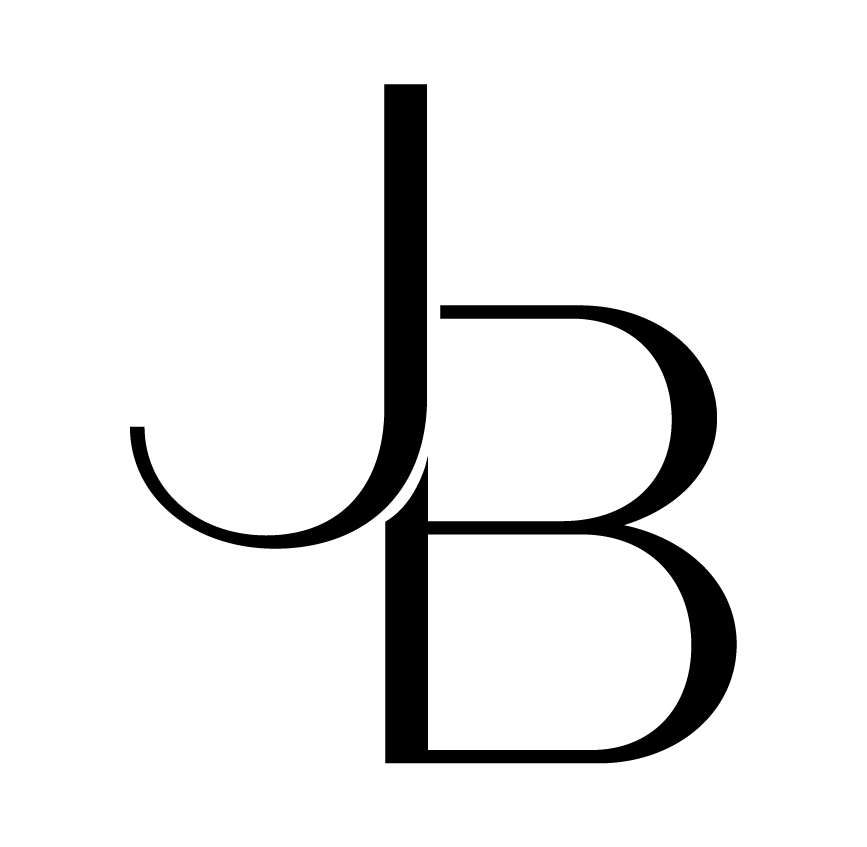Homemade (Natural) First-Aid Kit

I literally have a cut everyday, somewhere. OK - most of the time, it's from ripping at my cuticles (OMG bad habit) - but it is still an open wound! Cuts, scrapes, burns, blisters, and stings - everyday injuries we deal with at home... ESPECIALLY with little ones! Before you run for the Neosporin (like I used to) let's talk about what's in that first aid kit of yours. While most of the traditional ointments, creams, and tablets help heal the injury, they’re also full of chemicals, toxic ingredients, and harmful substances that are disrupting your health in other aspects.
Fear not - you’re likely to have a few natural products on hand to provide relief AND speed up the healing process for some of the most common ailments.
Try putting together a little kit of the following items so you have them on hand and ready to use. I also suggest making a label for each ingredient that lists what to use it for!
(1) Activated Charcoal
Charcoal is extremely porous and causes things to be chemically attracted to it. This allows it to trap and draw out the chemical impurities that cause infection, inflammation and other toxic reactions in the body. (Read my blog post about it HERE.)
It has been used internally with water (tablets or loose powder) for acute use in food poisoning, intestinal illness, vomiting, diarrhea, ingestion of toxins, etc.
-OR-
Externally as a compress to treat infections, abscesses, wounds, insect bites, lessen ear ache pain, minimize the pain and discoloration of bruising, pull heavy metals from the body, and treat inflammatory eye conditions such as pink eye. To make: mix 2 tablespoons of activated charcoal, 2 tablespoons of flax meal (keeps it from drying out), and 5 tablespoons of hot water to make a paste. Spread in between gauze or paper towels and use this to cover affected area.
(2) Coconut Oil
Coconut oil is a phenomenal substitution for neosporin. It’s made up of MCFAs which give a quick source of energy to cells, boosting their metabolic level and enhancing the body’s capacity to heal itself. Its amazing antibacterial, anti-inflammatory, moisturizing and healing properties can keep infections at bay, heal wounds, and prevent scarring. It can also be used to treat psoriasis, eczema, stretch marks, sunburn, and cold sores. For wound treatment, I apply coconut oil on the damaged area, put a bandage over it to seal in the moisture (and if necessary, re-apply coconut oil and change the bandage 2 or 3 times a day). I do this for all of my (ahem) cuticle issues as well as any cuts Carmen gets! Literally, we don't use neosporin and I feel like everything heals SO FAST.
(3) Arnica
Arnica is a powerful herb that can I sometimes use in place of ibuprofen. It is primarily used for its anti-inflammatory and circulation-stimulating properties.
You may have seen it used externally in a gel or cream form for sore muscles and joints, sprains, strains, and bruises. It’s been shown to greatly reduce the healing time of bruises and sore muscles when used topically right after injury (but don't apply arnica to broken skin!).
-OR-
I've also seen it used internally (only in the form of homeopathic pills) for relief of the above symptoms.
(4) Honey
Honey has proven antibacterial, anti-inflammatory, and antioxidant activities. It actually reacts with the body’s fluids to make hydrogen peroxide, creating an unlivable environment for bacteria. In FACT - you don't have to refrigerate open honey - it is its own natural preservative! It fights infection and reduces inflammation of wounds and skin ulcers. It is also extremely effective at treating common kitchen scalds and burns.
(5) Apple Cider Vinegar
Not only does apple cider vinegar have an extensive list of internal health benefits, but it can also be used topically to help with a wide array of external ailments. It works as an astringent and antibacterial and can help with any condition involving inflammation and infection. To help with athlete’s foot, eczema, nail fungus, poison ivy, and warts, you can try soaking the affected area with a 50/50 mixture of ACV and water. The mixture can also be used to help treat ear infections/ swimmer’s ear. To help stop a nosebleed, try soaking a cotton ball in pure ACV and insert into the nostril. ACV has astringent properties that constrict the vessels and helps the bleeding stop sooner!
(6) Baking Soda
Lastly, baking soda. It is commonly used to treat wounds at all stages of healing because of its disinfectant properties. Create a paste by mixing baking soda and water. This paste can be used to help soften and remove scabs (should only be used when the wound is no longer painful or seeping). And, it can be used to clean wounds and prevent excessive oozing because of its antiseptic and drying properties. It can even be used to prevent scars after a scab has fallen off!
Baking soda can also be used to clear up congestion, treat UTI symptoms, relieve heartburn, and improve oral health.
I mean, damn. I pretty much never need to go to CVS. Mostly because of coconut oil (haha) but all of these things (except for arnica) are already in my kitchen on the regular. Have you tried any of these methods? Do you like?
---
NO information on this site should be used to diagnose, treat, prevent or cure any disease or condition. By reading this website, you acknowledge that you are responsible for your own health decisions. Do not take anything from any website, including this one, and try it without proper research and medical supervision. Any statements or claims about the possible health benefits conferred by any foods or supplements have not been evaluated by the Food & Drug Administration (FDA) and are not intended to diagnose, treat, prevent or cure any disease.

